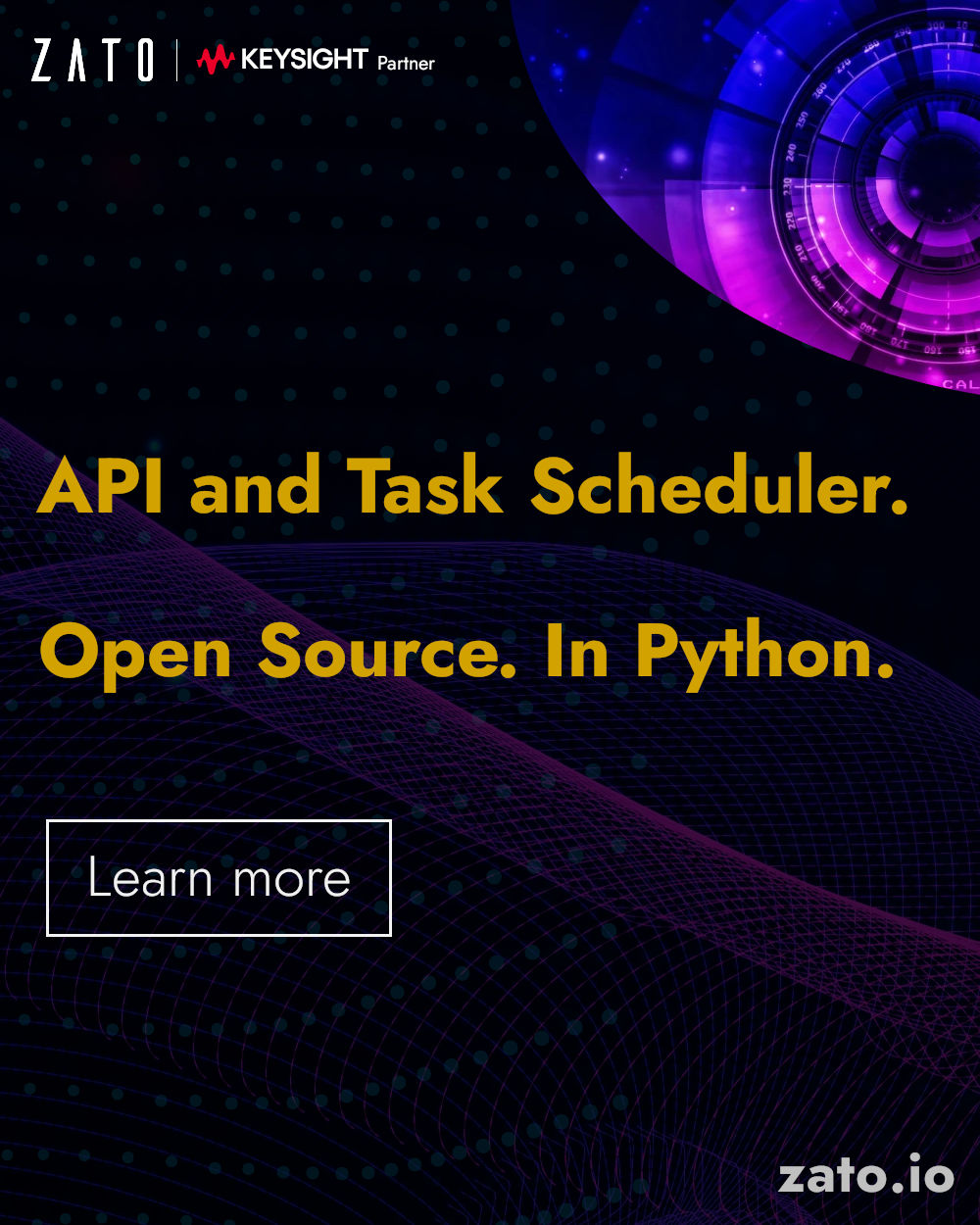Python scheduler for API integrations
Are you looking for a practical way to automate API tasks with reliable scheduling? This tutorial demonstrates how to implement task scheduling using Zato within Docker.
The guide focuses on real-world implementation rather than theory, showing you how to build scheduling solutions that work consistently in production environments.
What you'll learn in the tutorial:
- How to set up a Python scheduler with Docker
- Creating services that run on precise intervals (as short as 5 seconds)
- Techniques for API automation, SQL database integration, and Bash script execution
- DevOps practices for maintaining scheduled jobs across environments
More resources
➤ Python API integration tutorials
➤ What is an integration platform?
➤ Python Integration platform as a Service (iPaaS)
➤ What is an Enterprise Service Bus (ESB)? What is SOA?
➤ Open-source iPaaS in Python
➤ What is a Network Packet Broker? How to automate networks in Python?

